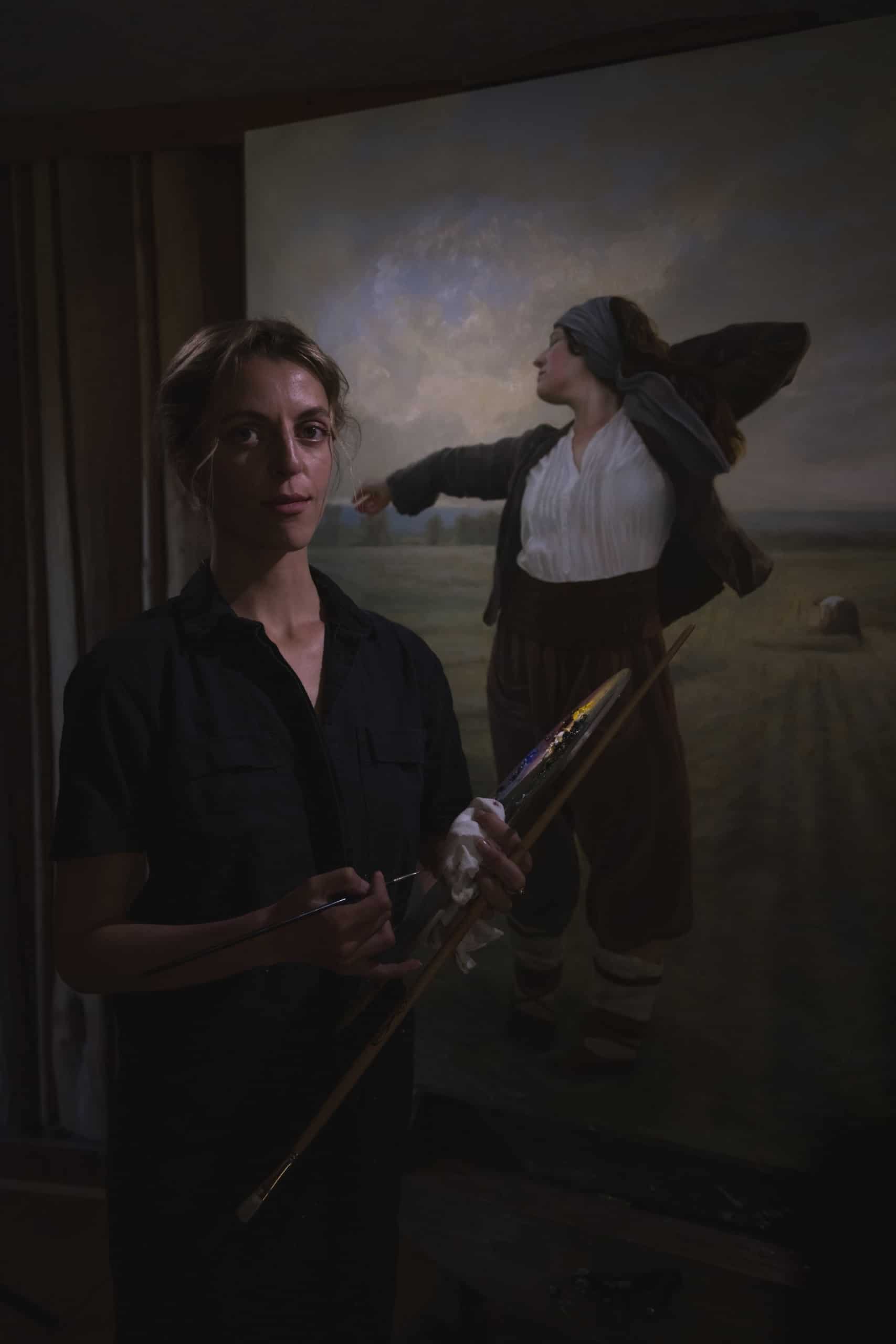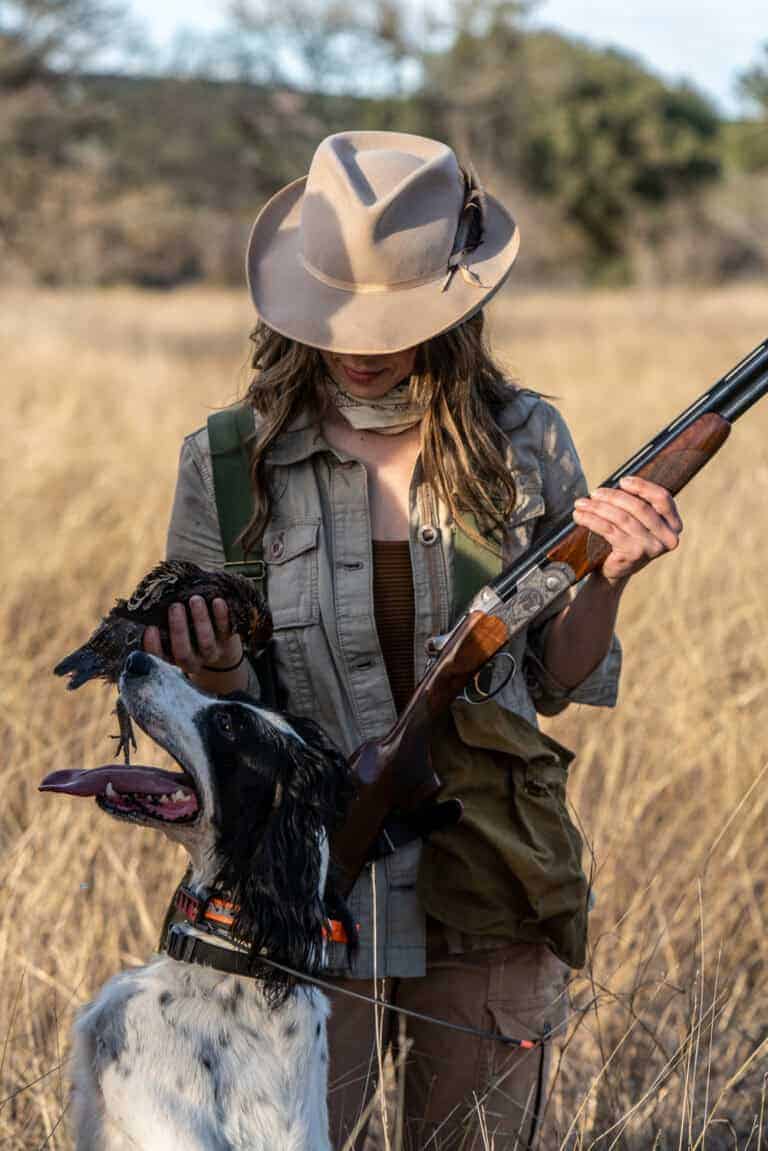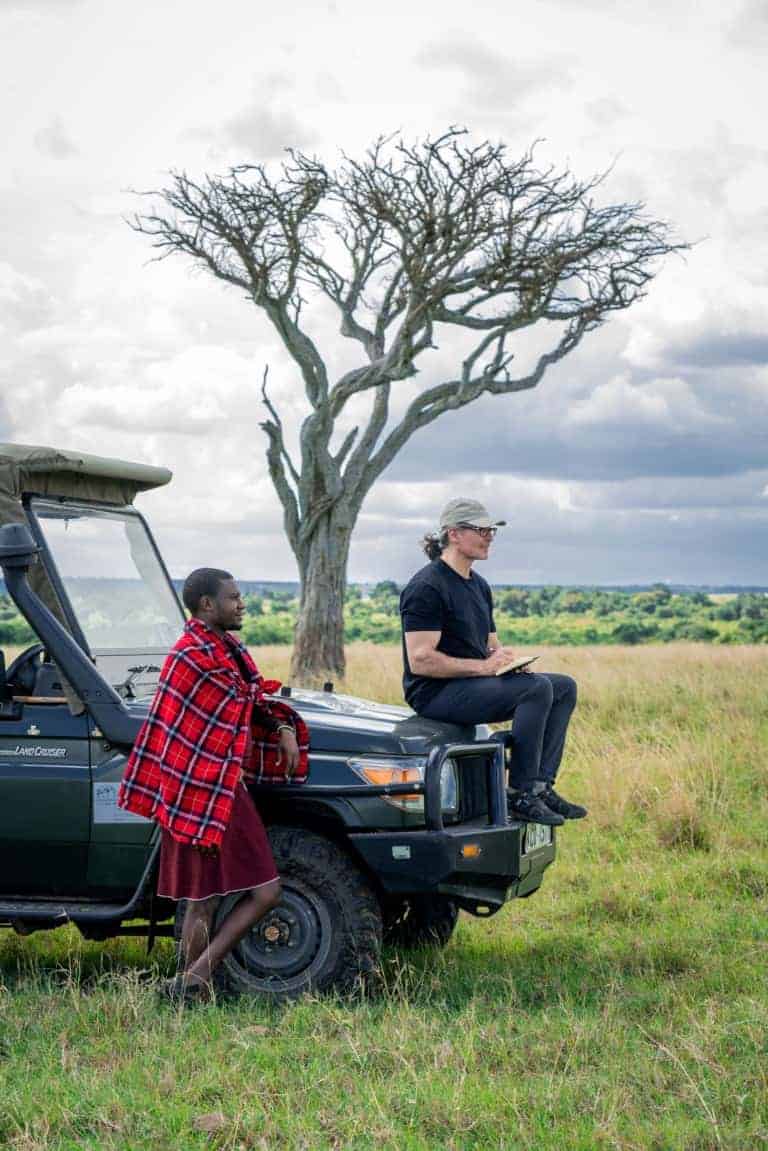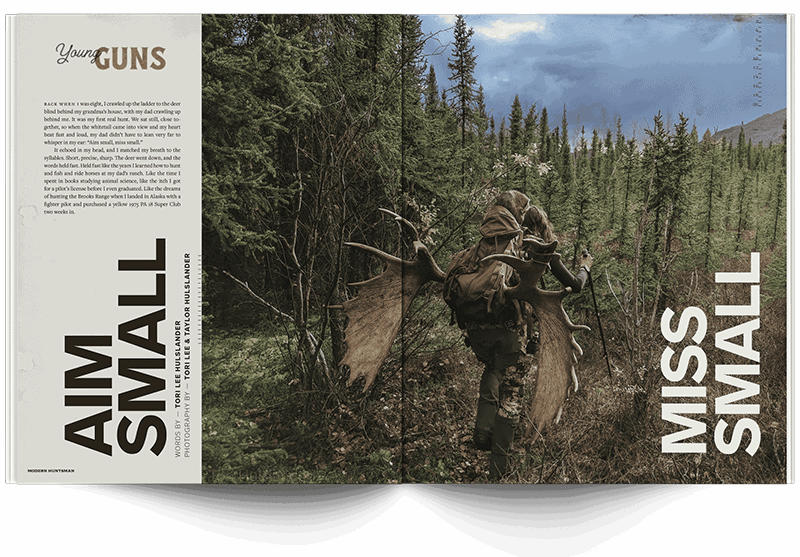What immediately strikes you about Morgan Irons is her gift of stillness. In a crowded room, currents of people are streaming by, and she remains a quiet buoy of grace amidst it all. As I turned the corner in downtown Bozeman, Montana, this morning, she was sitting outside in the early-morning light, coffee in hand with her dog Bear lying watchfully at her feet, both of them bearing witness to the yawn and stretch of Main Street as it woke. I’m greeted with a hug, and although it’s been a while since we last met, the conversation flows seamlessly from catching up on the intimate particulars of our lives to the details of her illustrious career as a painter. Yet the Idaho-native moved to Bozeman where, encouraged by the local community of working artists, she began to study painting in 2015. Deeply inspired by master painters and with a quiet will of iron, she taught herself to paint figures on the landscape that she calls home. Quiet waters do indeed run deep, and from them, Morgan has developed a narrative and timeless collection of work in a few short years.
She has been a featured artist in Fine Art Connoisseur’s “Artists to Watch,” Southwest Art Magazine’s “21 Under 31: Young Artists to Watch in 2017,” and Big Sky Journal’s “Ones to Watch.” A two-time recipient of the Elizabeth Greenshields Foundation Grant for emerging figurative painters, Morgan recently released her solo exhibition in June 2021 at the Old Main Gallery in Bozeman entitled, “Vernal.”
KATIE MARCHETTI — Tell us how you find inspiration. How do you decide what you’re going to paint?
MORGAN IRONS — I do this thing where I set up all these paintings that are already done, with different characters and scenes. I like to put on orchestra
